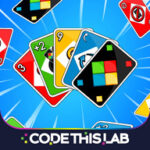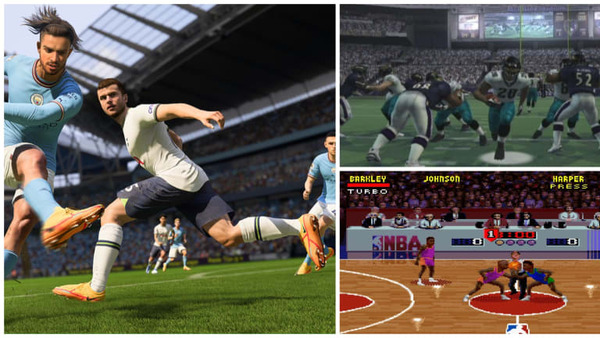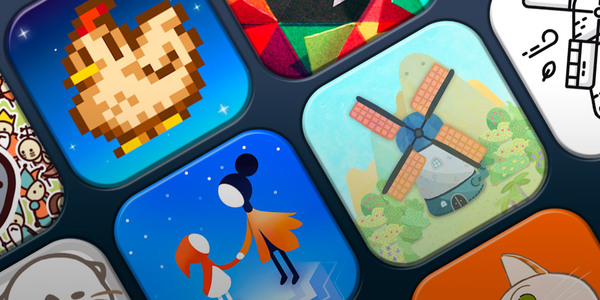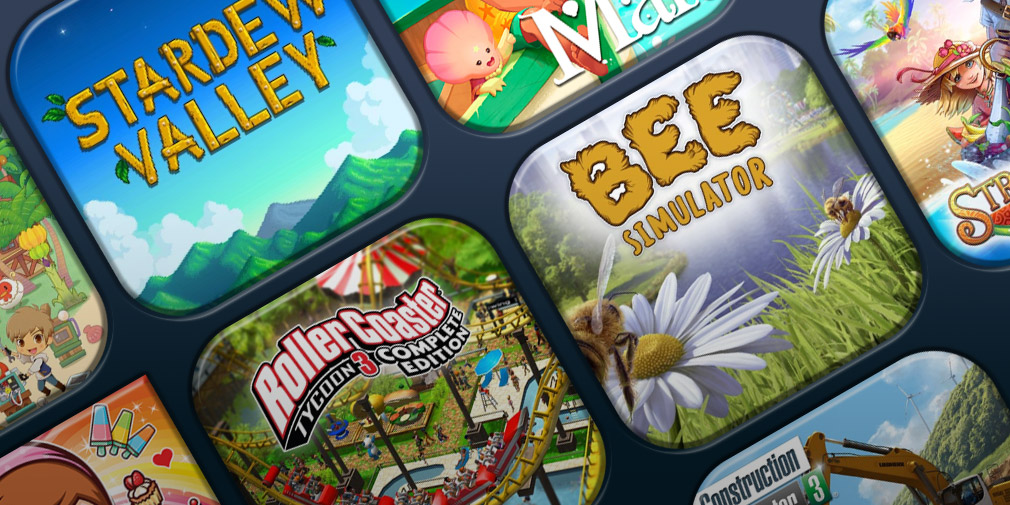PUBG Mobile has become a global benchmark in mobile battle royale experiences since its release in 2018. Based on the original PlayerUnknown’s Battlegrounds for PC, it delivers massive multiplayer encounters, strategic combat, and a continually evolving live-service model, tailored for handheld devices. Its massive popularity stems from refined mechanics, regular updates, seasonal competitions, and global esports integration. This article takes a comprehensive look into its development, features, community, and long-term impact.
Origins and Launch of PUBG Mobile
Adapting a Legacy for Mobile Platforms
PUBG Mobile emerged from the widespread success of its PC predecessor. Developed by Tencent Games in partnership with PUBG Corporation, the mobile version was optimized to ensure smooth performance across various device capabilities while preserving the intensity of battle royale combat.
Early Reception and Growth
The launch brought critical acclaim for its fidelity to the original vision and quickly attracted millions. Within months, it became one of the most downloaded mobile games globally, earning awards for its user experience and technical achievements.
Core Mechanics and Battle Strategy in PUBG Mobile
Fundamentals of Survival
PUBG Mobile’s central structure places up to 100 individuals onto a shrinking map where survival depends on movement, aiming precision, tactical looting, and positioning. Players must adapt to terrain, seek high ground, and manage resources efficiently.
Tactical Combat Systems
The title offers detailed shooting mechanics with bullet drop, recoil control, and variable scopes. Real-time decision-making, team communication, and map awareness are crucial for high-level performance.
Map Diversity and Environmental Design
Worlds to Conquer
PUBG Mobile features multiple maps, each designed to challenge different skill sets. From the iconic Erangel’s military zones to Miramar’s desert expanses, each environment changes how matches unfold.
Strategic Elements
Maps include urban centers, rivers, dense forests, and mountain ridges. These affect sightlines, vehicle access, and ambush potential, turning each match into a new tactical scenario.
Game Modes Beyond the Classic Battle Royale
Expanding the Experience
In addition to the classic mode, PUBG Mobile introduces alternative formats such as Team Deathmatch, Metro Royale, Payload 2.0, and Arena modes. These provide fast-paced scenarios, limited weapon sets, and confined arenas to encourage diverse tactics.
Time-Limited Events
Seasonal events and collaborations bring temporary content, including theme-based zones, unique missions, and crossover features, ensuring ongoing engagement with fresh mechanics.
Weapon Arsenal and Equipment System
Customization and Utility
PUBG Mobile includes an extensive array of firearms, melee options, explosives, and tactical gear. Attachments such as suppressors, extended magazines, and optics allow customization for different encounter types.
Balanced Loadouts
Each weapon type—from assault rifles to sniper rifles—caters to unique combat styles. Balancing firepower with mobility and reload speed is essential for sustained encounters and late-game positioning.
Seasonal Progression and Achievement Tracking
Royale Pass and Missions
PUBG Mobile’s seasonal Royale Pass includes both free and premium tracks, offering exclusive skins, emotes, and challenges. Players earn points by completing weekly missions, encouraging consistent engagement.
Achievements and Milestones
Detailed stat tracking, tier rankings, medals, and career summaries allow individuals to assess their growth, analyze weaknesses, and track skill improvements over time.
Esports and Competitive Scene
Tournament Structure and Prize Pools
PUBG Mobile features a robust esports ecosystem with regional qualifiers, national leagues, and global championships. These competitions feature large prize pools and widespread coverage, elevating the title to professional gaming standards.
Path to Pro
With in-game qualifiers and ranked ladders, casual users have pathways to enter official events. Training rooms, custom scrims, and community-hosted tournaments help aspiring competitors sharpen their skills.
Audio Visual Presentation and Performance Optimization
Visual Enhancements
The graphics engine supports Ultra HD textures, real-time shadows, and realistic effects. Environmental details, like swaying foliage and changing lighting, contribute to immersion.
Smooth Frame Rates on Various Devices
PUBG Mobile provides performance settings that cater to high-end phones and budget models. Frame rate and resolution adjustments allow a wide range of users to enjoy stable, responsive sessions.
Community Engagement and Developer Support
Global Community Building
PUBG Mobile thrives through its active player base, influencer support, and region-specific communities. Frequent community events, fan art competitions, and livestream showcases keep users engaged beyond matches.
Ongoing Developer Updates
Tencent’s consistent updates include balance adjustments, anti-cheat measures, and bug fixes. New features—like climbing, new vehicles, and improved voice chat—are based on community feedback.
Conclusion: PUBG Mobile’s Enduring Success in Mobile Gaming
PUBG Mobile continues to dominate mobile gaming by blending strategic depth, realistic visuals, and ongoing content development. With its flexible map designs, responsive controls, diverse modes, and competitive opportunities, it appeals to a broad spectrum of users—from newcomers to esports veterans. Despite minor limitations in performance or monetization, its strengths overwhelmingly define its position as a premier mobile title with a lasting impact.
































